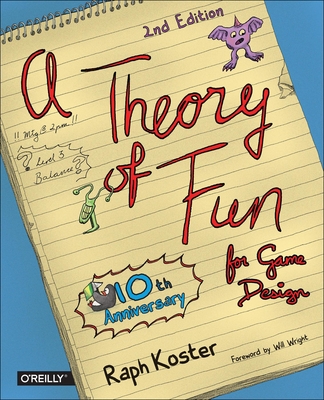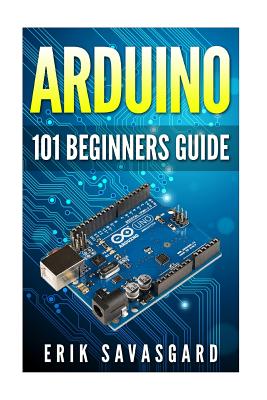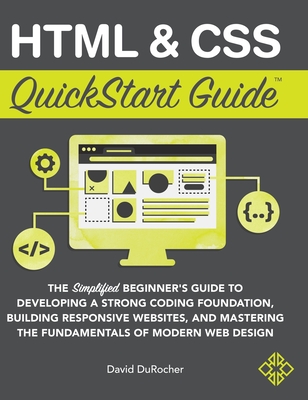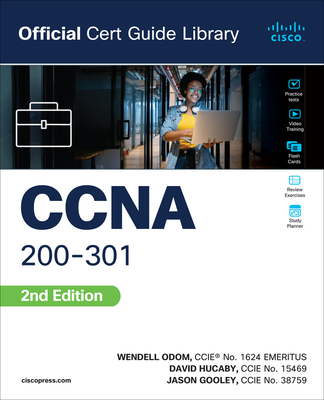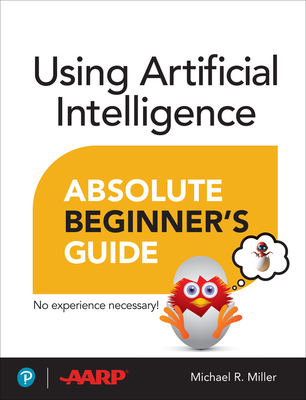Introduction to the Spring 4 Framework (The Next Generation) Training in Worcester
|
We offer private customized training for groups of 3 or more attendees.
|
||
Course Description |
||
| The course starts with in-depth coverage on using the powerful
capabilities of Spring's Core module to reduce coupling and increase the
flexibility, ease of maintenance, and testing of your applications. It
goes on to cover many of the most important capabilities of Spring,
including integrating persistence layers (e.g. Hibernate/JPA) with
Spring, using Spring's powerful Aspect Oriented Programming (AOP) to
program cross-cutting concerns in a safe and maintainable way, and using
Spring's declarative transaction capabilities. It also covers
integration of Spring with Java EE Web applications. This course is
hands on with labs to reinforce all the important concepts. It will
enable you to build working Spring applications and give you an
understanding of the important concepts and technology in a very short time.
Course Length: 3 Days
Course Tuition: $1290 (US) |
||
Prerequisites |
|
| Programmers with experience in working with Java and Object - Oriented (OO) programming. | |
Course Outline |
|
Session 1:
Introduction to Spring
Overview of Spring Technology
Challenges for Modern Applications
Motivation for Spring, Spring Architecture
The Spring Framework
Spring Introduction
Managing Beans
Inversion of Control / IoC, Dependency Injection / DI
Configuration Metadata Overview, Configuring Beans (XML)
The Spring Container
Overview of the Spring Container
A Simple Spring Example
ApplicationContext Overview
ClassPathXmlApplicationContext, FileSystemXmlApplicationContext, AnnotationConfigApplicationContext
API and Usage
Dependencies and Dependency Injection (DI)
Examining Dependencies
Dependency Inversion
Dependency Injection (DI) in Spring - Basic Configuration and Usage
Session 2:
Configuration in Depth
Annotation Driven Configuration
JSR 330 (@Named) and Spring (@Component) annotation styles
@Named/@Component, @Inject/@Autowired, @Repository, @Service
Configuring Beans and Autowiring with Annotations
Enabling Annotations - context:component-scan
Pros and Cons
Java Based Configuration (@Configuration)
Overview - code-centric Configuration
@Configuration and @Bean
Dependency Injection
Resolving Dependencies on Other Beans, Injecting Configuration Classes
Pros and Cons
Integrating Configuration Types
Choosing a Configuration Style
Integrating Configuration Styles
Importing: @Import and
Scanning with @Configuration style
Bean Scope and Lifecycle
Bean Scope Defined - singleton, prototype, and Other Scopes
Configuring Scope
Bean Creation Lifecycle, Lifecycle Callbacks
BeanPostProcessor, Event Handling
Session 3:
Wiring in Depth
Value Injection
Configuring Value Properties, Property Conversions
Externalizing Values in Properties Files
Constructor Injection
Constructor Injection Overview
Configuration - @Configuration and XML
p: and c: namespaces for XML configuration
Qualifiers / Domain Specific Language (DSL)
Limitations of Autowiring
Qualifiers and DSL
Creating and Using an Annotation-Based DSL for Bean Configuration
Benefits of Qualifiers for Bean Configuration
Profiles
Profiles Overview
Configuring Profiles (XML and @Configuration)
Activating Profiles
Overview of SpEL
Session 4:
Database Access with Spring
Overview of Spring database support
Configuring a DataSource
Using Spring with Hibernate
High Level Hibernate Overview
SessionFactory configuration, LocalSessionFactoryBean
Contextual Sessions and Spring Integration
Using Spring with JPA
Managing the EntityManager (EM)
LocalContainerEntityManagerFactoryBean and Container-managed EMs
JEE and JNDI Lookup of the EM
Configuration and Vendor Adaptors
Creating a JPA Repository/DAO Bean - @PersistenceUnit, @PersistenceContext
Session 5:
Aspect Oriented Programming (AOP)
Overview of AOP
Crosscutting Concerns
AOP Basics, Aspect, Joinpoint, Advice, Pointcut
Spring AOP Introduction
Configuration - XML and @AspectJ
Defining an Aspect, Pointcut, and Advice
How Advice is Triggered
Pointcut Expressions and Advice
Pointcut Expression Overview
The execution() Designator
Other Designators (within, target, args, @target, ...)
Kinds of Advice - before, after, around, after-returning, after-throwing
Marker Annotations (Rubber Stamp AOP)
Issue with AOP Configuration
Defining an AOP Marker / Rubber Stamp
Configuring AOP Using a Marker
Advantages of Marker Annotations
@AspectJ Based AOP Support
@AspectJ Annotations Overview
Defining an Aspect, Pointcut, and Advice
Other Considerations
Spring AOP Proxies and Self-Invocation Issues
Load-Time Weaving
Caveats of AOP
Session 6:
Spring Transaction (TX) Management
Intro to Spring Transaction Management
Spring Transaction Managers
Spring Declarative TX Management
Spring TX Scope and Propagation
Spring TX Attributes (REQUIRED, SUPPORTS, etc)
XML Configuration of Transactions
Specifying Advice, TX Attributes, and Methods
Linking Advice with Pointcuts
Benefits of XML Configuration of TX Behavior
Session 7:
Web Applications with Spring
Integrating Spring with Java EE Web Apps
ContextLoaderListener
WebApplicationContext
Using Spring beans in Wep app controller logic
Session 8: XML Specific Configuration
Collection Valued Properties - Configuring and using lists, sets, etc.
Additional Capabilities
Factory Classes and Factory Methods
Definition Inheritance (Parent Beans)
AutoWiring with XML
Inner Beans, Compound Names
Appendix: Maven and Spring
|
Course Directory [training on all levels]
- .NET Classes
- Agile/Scrum Classes
- AI Classes
- Ajax Classes
- Android and iPhone Programming Classes
- Azure Classes
- Blaze Advisor Classes
- C Programming Classes
- C# Programming Classes
- C++ Programming Classes
- Cisco Classes
- Cloud Classes
- CompTIA Classes
- Crystal Reports Classes
- Data Classes
- Design Patterns Classes
- DevOps Classes
- Foundations of Web Design & Web Authoring Classes
- Git, Jira, Wicket, Gradle, Tableau Classes
- IBM Classes
- Java Programming Classes
- JBoss Administration Classes
- JUnit, TDD, CPTC, Web Penetration Classes
- Linux Unix Classes
- Machine Learning Classes
- Microsoft Classes
- Microsoft Development Classes
- Microsoft SQL Server Classes
- Microsoft Team Foundation Server Classes
- Microsoft Windows Server Classes
- Oracle, MySQL, Cassandra, Hadoop Database Classes
- Perl Programming Classes
- Python Programming Classes
- Ruby Programming Classes
- SAS Classes
- Security Classes
- SharePoint Classes
- SOA Classes
- Tcl, Awk, Bash, Shell Classes
- UML Classes
- VMWare Classes
- Web Development Classes
- Web Services Classes
- Weblogic Administration Classes
- XML Classes
- RED HAT ENTERPRISE LINUX SYSTEMS ADMIN II
8 December, 2025 - 11 December, 2025 - Introduction to Spring 6, Spring Boot 3, and Spring REST
15 December, 2025 - 19 December, 2025 - Fast Track to Java 17 and OO Development
8 December, 2025 - 12 December, 2025 - Python for Scientists
8 December, 2025 - 12 December, 2025 - See our complete public course listing
Java Programming Uses & Stats
|
Difficulty
|
Popularity
|
Year Created 1995 |
|
Pros
Most Commonly Used:
Great Career Choice:
Android Apps Development:
It Can Run On Any Platform:
Great Supporting IDE's: |
Cons
Uses a Lot of Memory:
Difficulty in Learning:
Slow Start Up Times:
Verbose and Complex Code:
Commercial License Cost: |
| Java Programming Job Market |

Average Salary
|

Job Count
|

Top Job Locations
New York City |
|
Complimentary Skills to have along with Java Programming
- If you are an experienced Java developer, learning a complimentary language to Java should come much more naturally. As an example JetBrains recently created the Kotlin programming language which is officially supported by Google for mobile development. Kotlin compiles to Java bytecode and runs on the JVM; it's purported to address many of Java's shortcomings... |

